Tag: SOFA

Screening Tools for Sepsis Identification
The authors undertook a rapid review to determine the suitability of sepsis screening tools in the emergency setting with regard to sensitivity and specificity of sepsis diagnosis. The review recognized that there is currently... read more

Endotoxin Role in Septic Shock
Septic shock can be caused by a variety of mechanisms including direct effects of bacterial toxins such as endotoxin. Annually, approximately 5–7 million patients worldwide develop sepsis with very high endotoxin activity... read more

Levels of Intensive Care vs. In-Hospital Mortality in Patients Hospitalized for Sepsis Stratified by SOFA
Patients hospitalized for sepsis with Sequential Organ Failure Assessment (SOFA) scores greater than or equal to 6 in the ICU or HDU had lower in-hospital mortality than those in the general ward, as did those with SOFA scores... read more
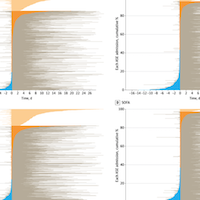
Sepsis Prediction Model for Determining Sepsis vs. SIRS, qSOFA, and SOFA
In this cohort study of 60,507 hospital admissions, we found that although the SPM marginally outperformed existing prediction scores in balanced accuracy for classification of sepsis, it suffers from poor timeliness, limiting... read more
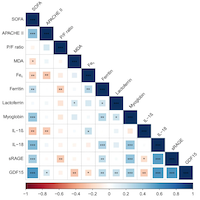
Ferroptosis and Pyroptosis Signatures in Critical COVID-19 Patients
Critical COVID-19 patients admitted to the intensive care unit (ICU) frequently suffer from severe multiple organ dysfunction with underlying widespread cell death. Ferroptosis and pyroptosis are two detrimental forms... read more
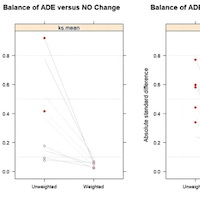
Effect of Antimicrobial De-escalation Strategy on 14-day Mortality Among ICU Patients
The prevalence of antimicrobial de-escalation (ADE) strategy was low among intensive care unit patients. The ADE strategy demonstrated a protective effect or no adverse effect on 14-day mortality compared to the No Change... read more
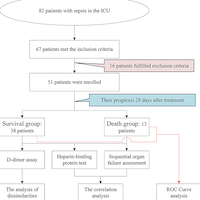
Heparin-Binding Protein Predictive Value and D-Dimer in Sepsis Patients
As common clinical indicators for predicting sepsis, both HBP and D-dimer have high diagnostic effectiveness. Furthermore, the combined application of these two biomarkers can achieve favorable effects. In clinical practice,... read more

Validation of qSOFA as a Screening Tool for Early Identification of Sepsis Patients
Sepsis and septic shock are major healthcare problems, affecting millions of people around the world each year. The speed and appropriateness of therapy administered in the initial hours of treatment are likely to influence... read more

Predicting Deterioration of Sepsis Patients Using Continuous HVR Analysis
We showed that continuous electrocardiograms (ECG) recordings can be automatically analyzed and used to extract heart rate variability (HRV) features associated with clinical deterioration in sepsis. The predictive accuracy... read more
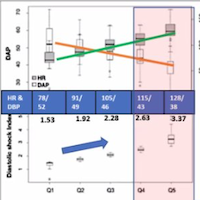
Diastolic Shock Index and Septic Shock Outcome
Early recognition and resuscitation of patients in septic shock are critical skills for an emergency medicine physician. Many clinical decision-making tools have been developed and validated in their use to identify and... read more
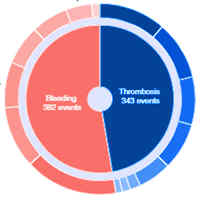
Bleeding and Thrombotic Events in Patients with Severe COVID‑19 on ECMO
In a nationwide cohort of COVID‑19 patients supported by extracorporeal membrane oxygenation (ECMO), bleeding incidence was high and associated with mortality. Intracranial hemorrhage incidence was higher than reported... read more
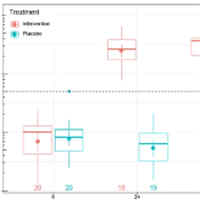
Intravenous Vitamin C Administration to Septic Shock Patients
Our pilot study indicated that intravenous vitamin C did not provide significant decreases in the mean dose or duration of vasopressor infusion. Further research that takes into account the potential impact of intervention... read more

Equipotent Ratios for the Most Common Vasopressors
Calculating equipotent doses between vasopressor agents is necessary in clinical practice and research pertaining to the management of shock. This scoping review summarizes conversion ratios between vasopressors and provides... read more

Respiratory Drive in Sepsis and Septic Shock Patients: Modulation by High-flow Nasal Cannula
Patients with sepsis and septic shock of extrapulmonary origin present elevated respiratory drive and effort, which can be effectively reduced by high-flow nasal cannula. 25 nonintubated patients with extrapulmonary sepsis... read more




